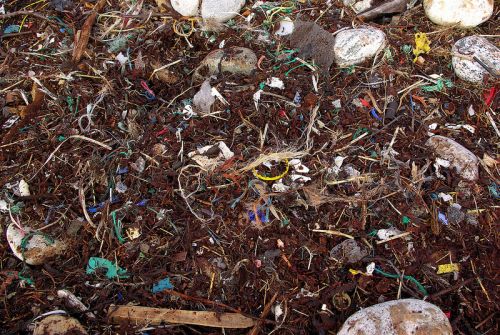Canada, Ontario work to keep microplastics out of lakes

Microplastics are small but harmful pieces of plastic. They can harm Lake Huron and other lakes, creeks and rivers, and fisheries and wildlife. You can keep these plastic particles out of our lake by not purchasing products with microbeads and by managing stormwater runoff at home and work.
Sampling by the Ontario Ministry of the Environment and Climate Change (MOECC) has found microbeads entering Ontario’s waterways. Ministry scientists have found them in Ontario’s Great Lakes and rivers. Microbeads accounted for 14 per cent of microplastics in nearshore sites in Lake Erie and Lake Ontario.
Many companies are phasing out microbeads in their products. Ontario is working with stakeholders to ban microbeads in personal care products sold in the province.
The federal government has announced it intends to add microbeads to its list of toxic substances and is considering options to manage the manufacturing, import, and sale of personal care products with plastic microbeads. Ontario will closely monitor and provide input to the national process to ban microbeads to protect our lakes, rivers, fish and wildlife.
Microbeads are just one type of microplastic found in lakes and streams. They are used in as cleansing or exfoliating agents in cosmetics, soaps or toothpaste, among other ways. Microbeads do not dissolve, and after they are rinsed down the drain they can end up in our rivers and lakes for decades.
Scientists at MOECC are doing their own studies, as well as working with academic researchers in Canada and the United States to better understand microplastics in the Great Lakes. Using fine mesh nets, staff collected surface water samples in 2014 from nearshore areas in Lake Erie and Lake Ontario. Up to 6.7 million particles of plastic per square kilometre were found.
More microplastics were present after rainstorms, indicating that runoff of debris from the landscape through stormwater is an important source to the lakes. This is another reason to help to manage runoff over lawns, fields, parking lots, and streets.
Contact your local conservation agency for ways you can reduce runoff through erosion control projects, wetlands, rain gardens, and other barriers of protection and filtration. To find out more visit: www.ontario.ca/page/microplastics-and-microbeads
